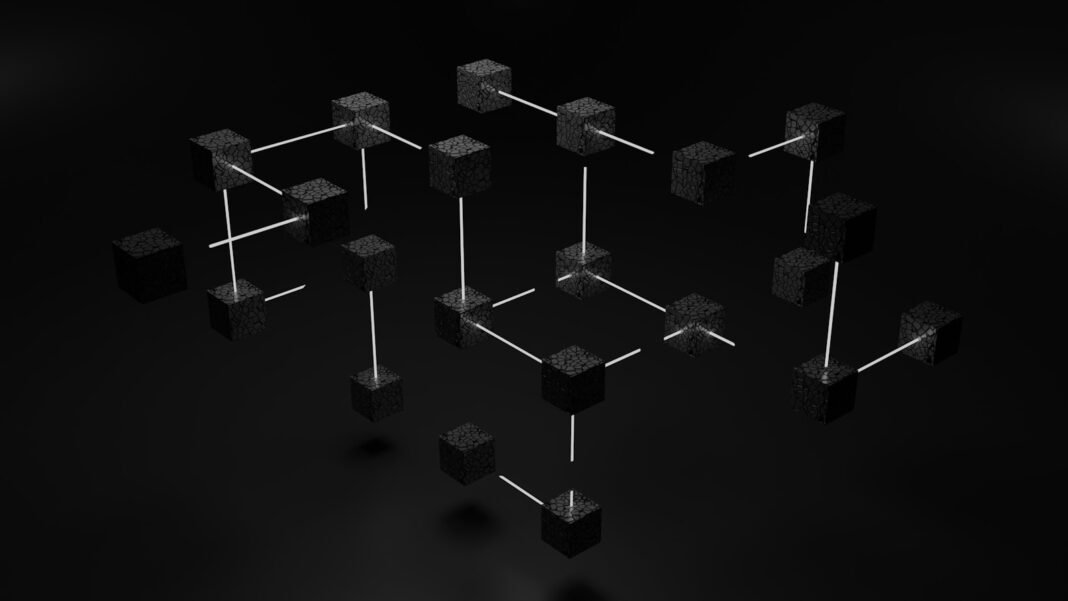As blockchain technology evolves, one challenge remains persistent: scalability. Networks like Ethereum face congestion and high fees during peak usage, limiting their potential for mass adoption. This is where rollups come in, a revolutionary scaling solution that processes transactions off-chain while maintaining the security of the main blockchain.
In this guide, we’ll explore what rollups are, how they work, and why they are crucial for blockchain scaling. We’ll also compare the two main types, Optimistic Rollups and ZK Rollups, and examine their role in shaping the future of decentralized networks.
Understanding the Need for Rollups
Blockchains like Ethereum were designed for decentralization and security, but they struggle with processing large numbers of transactions quickly and cheaply. Every transaction must be verified by every node in the network, leading to bottlenecks.
Rollups solve this problem by moving computation off-chain while keeping transaction data on-chain. This means:
- Faster transactions – Multiple transactions are bundled into a single batch.
- Lower fees – Only summarized data is stored on the main chain.
- Enhanced scalability – The base blockchain isn’t overloaded with every single transaction.
Without rollups, blockchains would remain slow and expensive, hindering the growth of DeFi, NFTs, and Web3 applications.
How Do Rollups Work?
Rollups operate by executing transactions outside the main blockchain (off-chain) and then submitting a compressed version of the data back to the main chain (on-chain). There are two primary approaches:
1. Optimistic Rollups – Trust First, Verify Later
Optimistic Rollups assume transactions are valid by default and only verify them if someone raises a dispute. This “optimistic” approach reduces computational overhead but introduces a challenge period where fraudulent transactions can be contested.
Key Features:
- Fraud proofs – If a bad actor submits an invalid transaction, anyone can submit proof to reverse it.
- EVM compatibility – Supports Ethereum smart contracts with minimal changes.
- 7-day withdrawal delay – Users must wait for the dispute window before funds are finalized.
Popular Optimistic Rollup solutions include Arbitrum and Optimism, which have become go-to scaling solutions for Ethereum-based apps.
2. ZK Rollups – Validity Proofs for Instant Finality
ZK Rollups (Zero-Knowledge Rollups) use cryptographic proofs called ZK-SNARKs or ZK-STARKs to verify transactions instantly. Unlike Optimistic Rollups, they don’t rely on trust assumptions, every batch comes with a proof of validity.
Key Features:
- Instant finality – No waiting period for withdrawals.
- Stronger privacy – Transactions can be verified without revealing all details.
- Higher computational cost – Generating proofs requires more processing power.
Leading ZK Rollup projects include zkSync, StarkNet, and Polygon zkEVM, which are gaining traction for high-security applications.
Why Are Rollups Essential for Blockchain Scaling?
Rollups are not just a temporary fix, they are a fundamental part of blockchain’s future. Here’s why:
1. Solving Ethereum’s Scalability Crisis
Ethereum’s shift to Proof-of-Stake (PoS) improved efficiency, but rollups are necessary to handle thousands of transactions per second (TPS) without compromising decentralization.
2. Enabling Mass Adoption of DeFi and dApps
High gas fees have pushed users away from Ethereum. Rollups make transactions affordable, allowing more people to participate in DeFi, gaming, and NFT marketplaces.
3. Maintaining Security Without Sacrificing Speed
Unlike sidechains (which have their security models), rollups inherit Ethereum’s security while boosting performance.
4. Paving the Way for a Modular Blockchain Future
Rollups align with Ethereum’s modular scaling approach, where execution happens off-chain while settlement and consensus remain on-chain.
The Future of Rollups
As rollup technology matures, we can expect:
- Hybrid solutions combining Optimistic and ZK Rollups for optimal performance.
- More ZK-powered chains as proof that efficiency improves.
- Interoperability between rollups, allowing seamless asset transfers.
Projects like Ethereum’s Dencun upgrade (with EIP-4844) will further reduce rollup costs by introducing blob transactions, making scaling even more efficient.
Final Thoughts
Rollups represent one of the most promising solutions for blockchain scaling, offering a balance between speed, cost, and security. While Optimistic Rollups dominate today due to their simplicity, ZK Rollups are the future, providing instant finality and stronger guarantees.
For developers, choosing between them depends on the use case, Optimistic for EVM-friendly apps, ZK for high-security needs. For users, rollups mean faster, cheaper transactions without leaving Ethereum’s secure ecosystem.
As blockchain adoption grows, rollups will play a pivotal role in making decentralized networks scalable, efficient, and ready for mass adoption.

